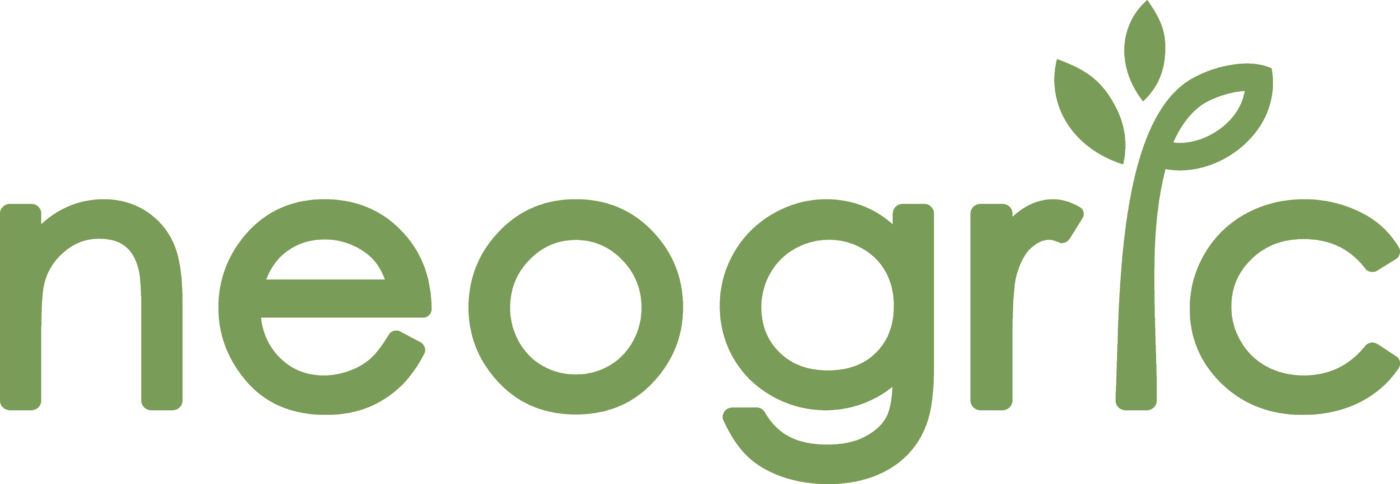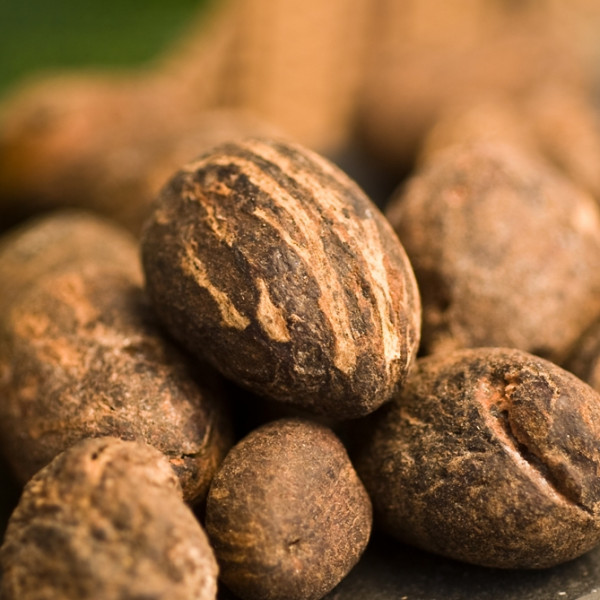Shea nut, derived from the Shea nut tree (Vitellaria paradoxa), is a valuable natural resource with numerous benefits for skincare, health, and well-being. This article explores the uses, benefits, potential side effects, and tips for safely buying Shea nut products. Let’s delve into the world of Shea nut and discover its remarkable properties.
Overview of Shea Nut
The Shea nut tree, also known as Shea tree or vitellaria, belongs to the Sapotaceae family and is indigenous to Africa. It holds immense significance for various African communities, including the Bambara, Dyula, Fulani, Hausa, and Wolof peoples, as a source of vegetable fat. The Shea nut tree grows in the dry Savannah belt of West Africa, spanning 19 countries such as Nigeria, Ghana, Burkina Faso, and Senegal.
Shea butter, derived from the large, oil-rich seed found within the fruit of the Shea nut tree, is a prized ingredient used in the food, pharmaceutical, and cosmetic industries. It is known for its edible oil, antimicrobial properties, and moisturizing benefits. Despite its potential, the utilization of Shea nut remains limited due to labor-intensive processing methods. However, advancements in low-tech processing techniques can enhance butter production and contribute to combating food insecurity.
Uses of Shea Nut
Skin Moisturizer
Shea oil, derived from Shea nuts, is a non-comedogenic moisturizer that effectively nourishes and softens dry areas such as feet, knees, and elbows.
Nail Conditioning
Shea oil serves as a nail conditioner, moisturizing the skin around cuticles without harming the nails.
Anti-inflammatory Benefits
Shea nut exhibits anti-inflammatory properties when applied to the skin, reducing irritation caused by environmental factors and inflammatory skin conditions like eczema.
Antibacterial Properties
Studies suggest that Shea nut extracts possess antibacterial properties, which may help reduce acne-causing bacteria on the skin.
Medicinal Applications
Shea butter serves as a base for medicinal ointments and is used in sunblocking lotions. Some components of Shea butter also have limited UV radiation absorption capacity.
Relief from Sinusitis and Nasal Congestion
In Nigeria, Shea butter is used for managing sinusitis and relieving nasal congestion. It is applied through massage on affected areas of the body.
Benefits of Shea Nut
Soothing Skin Conditions
With its anti-inflammatory properties, Shea nut is beneficial for soothing skin conditions such as eczema, dermatitis, and psoriasis. Research suggests it may be as effective as medicated creams for treating eczema.
Dandruff Treatment
Shea butter, when combined with other moisturizers, can help decrease dandruff flakes and reduce the risk of flare-ups.
Cell Regeneration
Shea butter’s moisturizing and antioxidant properties support healthy cell regeneration, promoting the growth of fresh, healthy skin cells.
Inflammation Relief
Shea nut helps ease inflammation related to skin conditions like rosacea, psoriasis, and eczema, providing quick relief.
Congestion Relief
By reducing inflammation in the nasal passages and protecting against mucosal damage, Shea nut, when used in nasal drops, may help alleviate nasal congestion.
Relief from Arthritis Pain
Concentrated Shea nut extracts have shown potential in reducing inflammation and protecting joints, offering relief from arthritis pain.
Soothing Muscle Soreness
The anti-inflammatory properties of Shea nut can help reduce inflammation and provide relief from muscle soreness.
Lip Care
Shea nut butter acts as an effective lip balm, providing moisture and essential nutrients to treat dry and chapped lips.
Hair Conditioning
Shea nut butter is a natural conditioner for the hair, moisturizing and revitalizing brittle hair. It is particularly beneficial for dry, fragile, and curly hair.
Rheumatism Relief
Shea butter is used as an ointment to relieve swelling and pain associated with rheumatism due to its anti-inflammatory properties.
Diarrhea Treatment
Shea butter is included in dietary aids formulated for diarrhea treatment based on its traditional usage and anti-diarrhea properties.
Cholesterol Reduction
Including Shea nut in the diet may help lower cholesterol levels due to its stearic acid content.
Side Effects of Shea Nut
While Shea nut is generally safe for most people, some individuals may experience side effects, including:
- Itchy rashes
- Hives
- Nausea
- Weakness
- Dizziness
- Headache
- Abdominal pain
To determine if you have any allergic reactions or sensitivities, it is important to perform a patch test before applying Shea butter topically. If any adverse reactions occur, discontinue use and consult a healthcare professional.
Summary
Shea nut, derived from the Shea nut tree, offers a wide range of benefits for skincare, haircare, and overall well-being. From its moisturizing properties to its anti-inflammatory effects, Shea nut is a versatile natural ingredient with traditional uses in African communities. However, it’s important to be aware of potential side effects and perform a patch test before using Shea butter topically. When purchasing Shea nut products, choose reputable brands, consider organic and unrefined options, and check the sourcing practices.
How To Safely Source for Your Shea Nut Produce
If you find the right export company, buying directly from them can make the purchase process easy and stress-free, when compared with doing the sourcing on your own. That said, there are few things to note when dealing with an export company in Nigeria or Africa. The specific requirements for Nigeria are listed below, but they mostly apply to other African countries:
- The exporting company must be registered with the Corporate Affairs Commission (CAC) to make sure the company is registered and permitted to carry out business operations.
- The export company must also be registered with the Nigerian Export Promotion Council (NEPC).
- The company must possess a domiciliary account to accept international payments.
- The company should get all necessary export-related documentation done before the shipment leaves the port of origin. Some of the documents are:
- Certificate of origin
- Bill of lading
- Inspection Certificate (SGS, Cotecna, Bureau Veritas, Intertek, etc)
- Phytosanitary certificate
- Fumigation certificate
Where To Find Reliable Exporters
An important question that still needs to be answered is how to find shea nut exporters in Nigeria. You can use any of the methods listed below:
- Attend trade fairs
- Use search engines like Google, Yahoo, etc.
- Search for agents on Linkedln
- Sign up on trade platforms (e.g. Alibaba, Tradeford, Go4WorldBusiness)
Neogric offers a reliable global order fulfilment solution for Shea nut and other agric produce. Our end-to-end supply chain solution makes the export of quality shea nut easy, quick and safe. From the point of placing your order till it successfully gets delivered, we ensure you have nothing to worry about.
International Price of Shea Nut Per Metric Ton
The unit price ($ per kg) of Shea Nut in the international market depends on a host of different factors including:
- The grade of the produce (usually the more the processing, the higher the price)
- The price of the raw material
- Age of the seeds (this can affect the price)
- The quantity ordered (the greater the quantity, the cheaper you can get it per ton)
- Harvest season (it is more costly when it is out of harvest season).
- Freight & haulage cost
- Percentage of markup
- Import duties
- Distance from the country of origin
- Technology/Infrastructure available in country of origin
- Relationship between the buyer and seller
That said, as at July 2022, quality shea nut costs between $500 and $1,000 per metric ton (1,000 kilograms) in the international market (i.e. $0.5/kg to $1/kg).
How To Pay For Your Shea Nut Produce
You can pay for your kola nut using different methods, but three of the popular ways of paying for your agric produce are:
- Bank (T/T) Payment
- Advance Payment
- Letter of Credit (LC)
Bank Payment (T/T)
Bank payment is also known as T/T, “Telegraphic Transfer” or “Telex Transfer” In other words, it is an international wire of funds from the buyer’s bank to the seller’s bank.
A T/T is technically not the same as a wire transfer, which is often done through the SWIFT network. However, when a seller or supplier asks for a T/T payment, a wire transfer is what they are really asking for.
The wire transfer based on the SWIFT system is the most common payment method in international trade. Typically, it takes 3-5 working days to clear, and generally costs between 25 and 50 USD, depending on your agreement with the commercial department in your bank.
Advance Payment
There are sellers that will demand anywhere from 30% to 50% advance payment, and for good reason. If both parties have done deals in the past, sellers can ask for a percentage of the sales (about 30%) before they ship the produce and they can request for the remaining amount after a scanned copy of the Bill of Lading has been sent to the buyer.
It is the safest option for exporters and it also guarantees that they will have some funds to help with sourcing. It is popular among manufacturers on B2B marketplaces like Alibaba and also with commodity traders.
However, advance payment carries considerable risk for the importer (buyer) because the exporter (seller) might not be under as much pressure to ensure quality checks compared with a stricter form of payment. Some might even disappear entirely.
Having said that, advance payment is very useful and is widely used. For instance, the seller might need to secure the commodity in the face of increased competition. It can also be used when the exporter needs some money for sourcing the produce or for processing raw materials.
The most important thing is for both importer and exporter to build mutual trust by having a track record of successful deals with each other or other known companies.
Letter of Credit
Letter of Credit is an agreement generated by the bank of the buyer, guaranteeing payment once certain conditions are met. It is one of the safest types of payment available to both buyer and seller.
Some of the types of Letter of credit are:
- Commercial Letter of Credit,
- Sight Letter of Credit
- Transferrable or Non-Transferable Letter of Credit
- Standby Letter of Credit (SBLC)
- Usance or Deferred Payment Letter of Credit
- Revocable or Irrevocable Letter of Credit
- Confirmed or Unconfirmed Letter of Credit
- Revolving Letter of Credit
- Green Clause Letter of Credit
- Red Clause Letter of Credit
L/Cs are not totally safe (for either buyer or seller) too. For instance, sellers can ship substandard products or those that are different from the ones agreed upon. In this case, the seller gets paid and the buyer receives good he cannot use.
And speaking of the dangers of L/Cs for the exporter, the conditions in the Letter of credit might be practically impossible to fulfil; if an exporter agrees to such, he might be unable to receive payment. A report stated that of the letters of credit received in the UK, 50% are unworkable while 70% are rejected by the banks for payment.
Shipping & Delivery Terms
When shipping your products, it is important to take note of a few factors:
Order Quantity
For smaller shipments, airfreight is often the preferred option but as the order volume increases, sea freight could become significantly cheaper. Usually when the order is close to a full container load (20 ft), sea freight is used. Despite all these, the Covid-19 pandemic has caused an increase in cost of delivery of products.
Cost of Delivery
When the order is of a large volume, sea freight often turns out cheaper than air freight. In fact, airfreight could be up to 6 times more costly than sea freight if the volume is large enough.
Time of Delivery
Sometimes, time will be more important to the buyer than the cost of delivering the produce. In this case, air freight will be the logical option (as stated above, the cost will be more). But if you have more time as a buyer, you should strongly consider using sea freight.
Incoterms
Incoterms refer to generally accepted shipping and payments terms. For example, buyers that have representatives in the source country or that can negotiate with the freight company can use the Free of Board (FOB) terms, since it gives them more control and can save them some money.
However, if the shipment is small or the buyer doesn’t have an extensive network to effectively handle payment for freight, insurance and port charges, he will be better off choosing the Cost-Insurance-Freight (CIF) payment option.
Import Shea Nut The Right Way with Neogric
Neogric is a trusted global order fulfilment and sourcing solution company with deep expertise in the Shea Nut industry. Our end-to-end supply chain solution makes the export of quality Shea nut easy, quick and safe. Whichever region of the world you are, be it Europe, Asia, USA, Canada, Africa, South America or Oceania, you can reliably order your agric products and we will ensure it is successfully delivered to you.
Our Shea Nut trade specifications are listed below
- Origin: Nigeria
- Product Name: Shea Nut
- Physical Specification: Based On Buyer’s Specification
- Quantity: Based On Buyer’s Specification
- MOQ: 10 Metric Tonnes
- Trade Process: Ex Works/FOB/CIF
- Oleic acid: 40–60% Max
- Stearic acid: 20–50% Max
- Linoleic acid: 3–11% Max
- Palmitic acid: 2–9% Max
- Linolenic acid: <1% Max
- Arachidic acid: <1% max
- Moisture Content: 8% Max
- Other Colours: 5% Max
- Inspection: SGS/Cotecna/Intertek/Bureau Veritas
- Packaging: Based On Buyer’s Specification
- Payment Method: TT (Bank Transfer) or L/C
- Shipping Time: 15 to 25 Days After Confirmation of TT or L/C
- Loading Port: Lagos, Nigeria or Tema, Ghana
Expected Shipping Documents
- Bill of Lading
- Certificate of Origin
- SGS Inspection Certificate
- Phytosanitary Certificate
- Fumigation Certificate
- Commercial Invoice
- Packing List
Contact Neogric
Tel: +2348147860157
Email: neo@neogric.com
WhatsApp:



Interesting